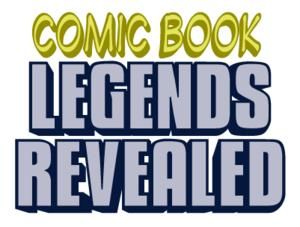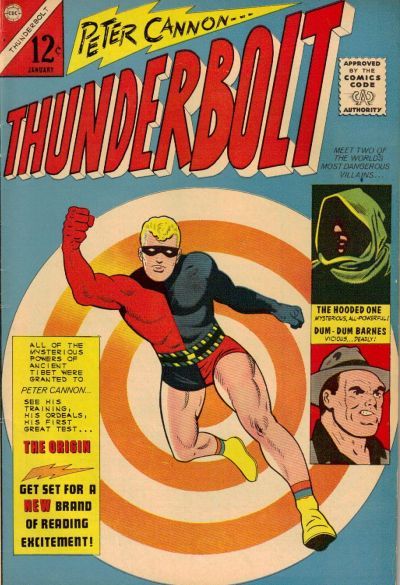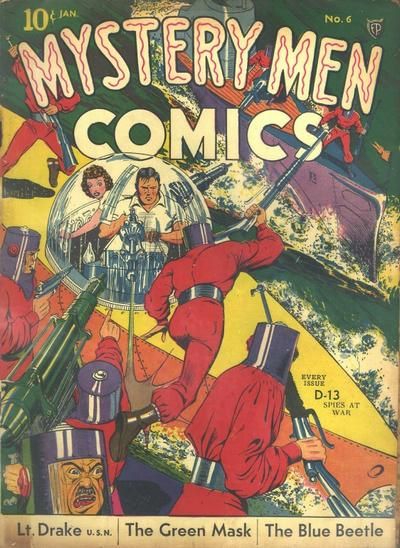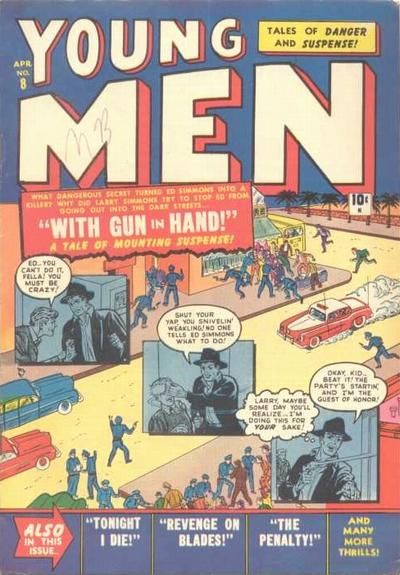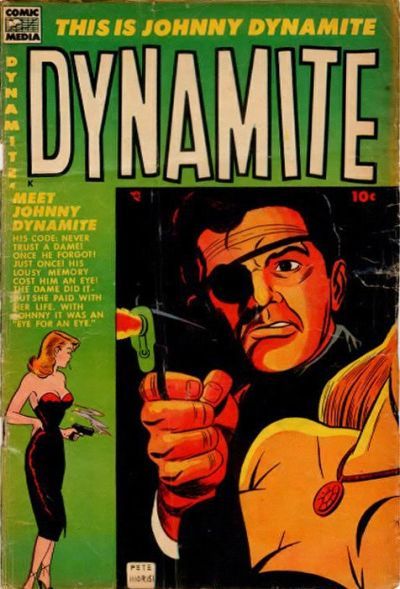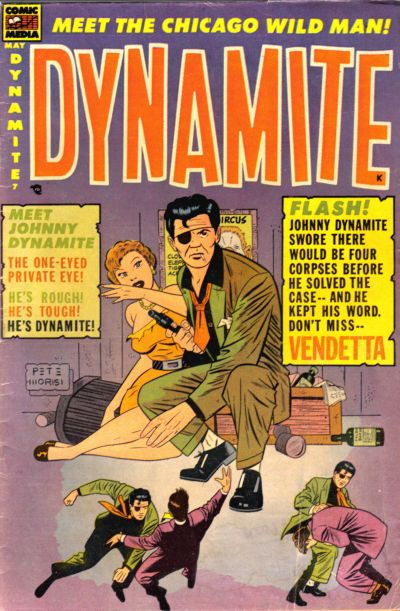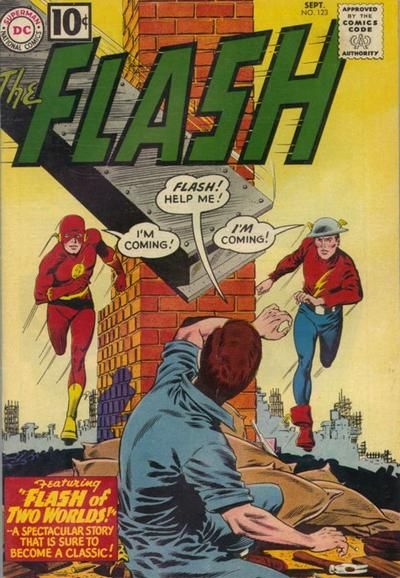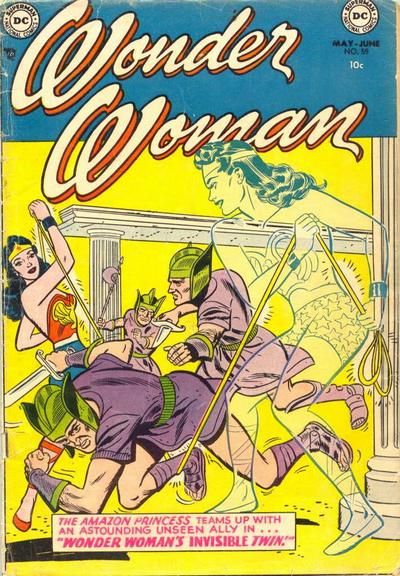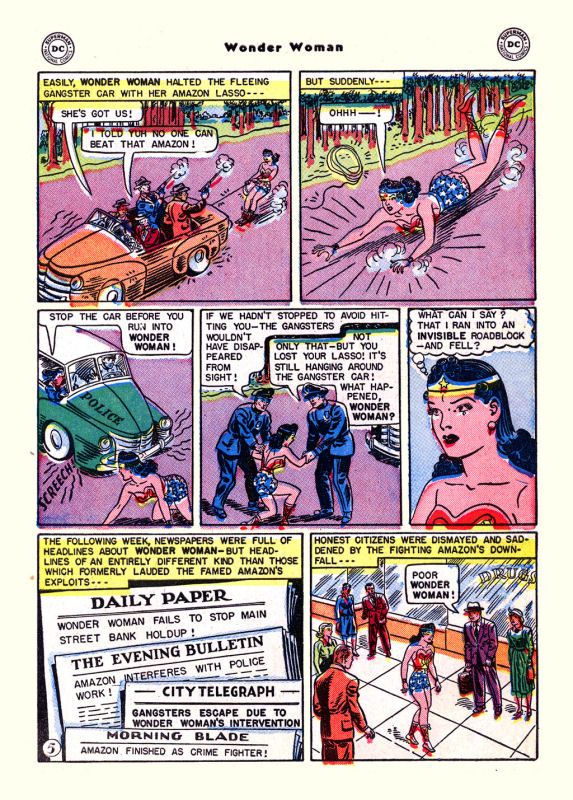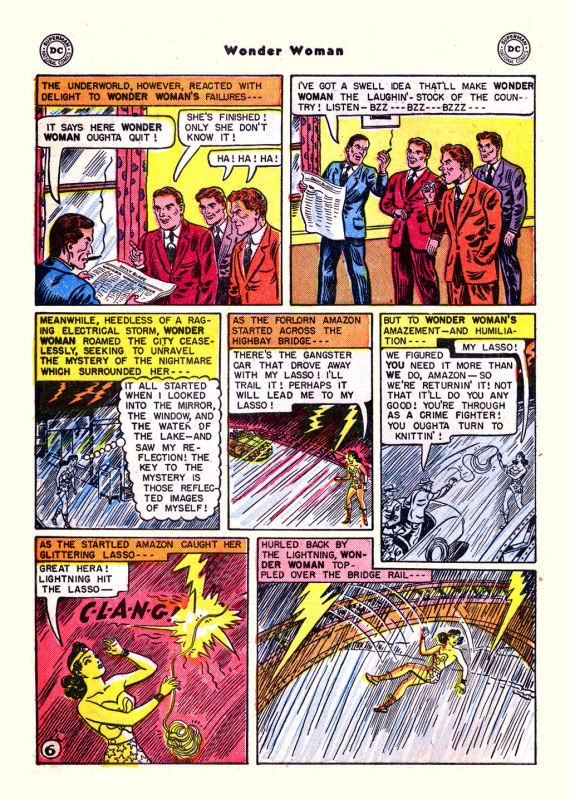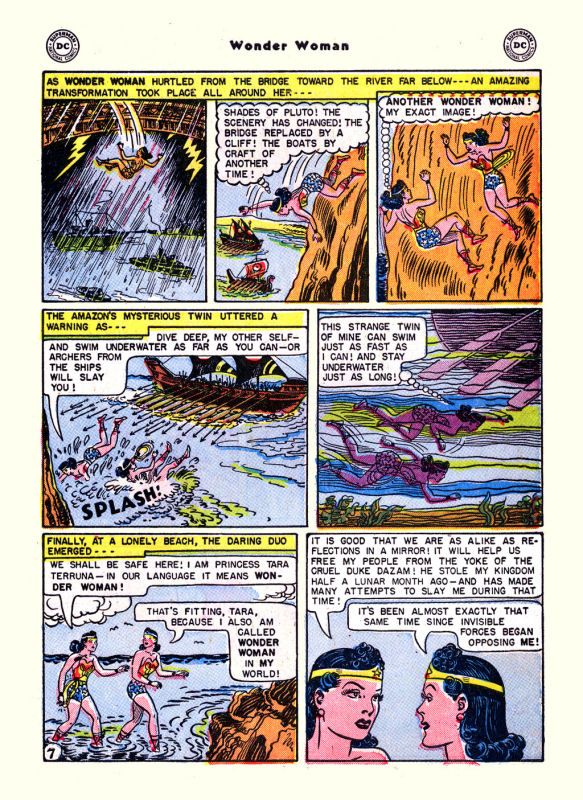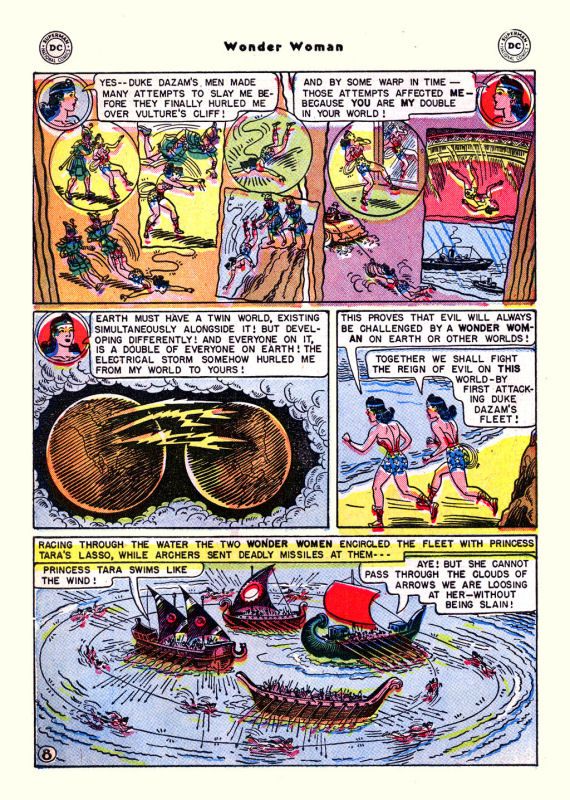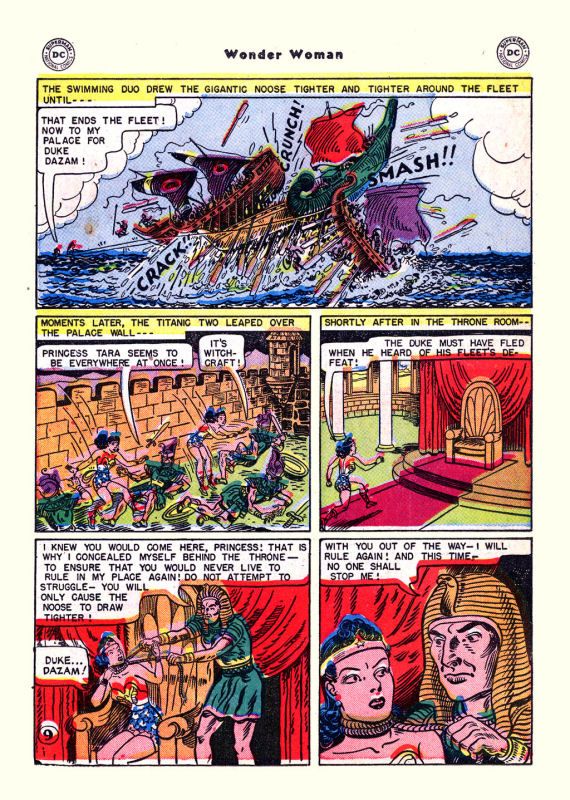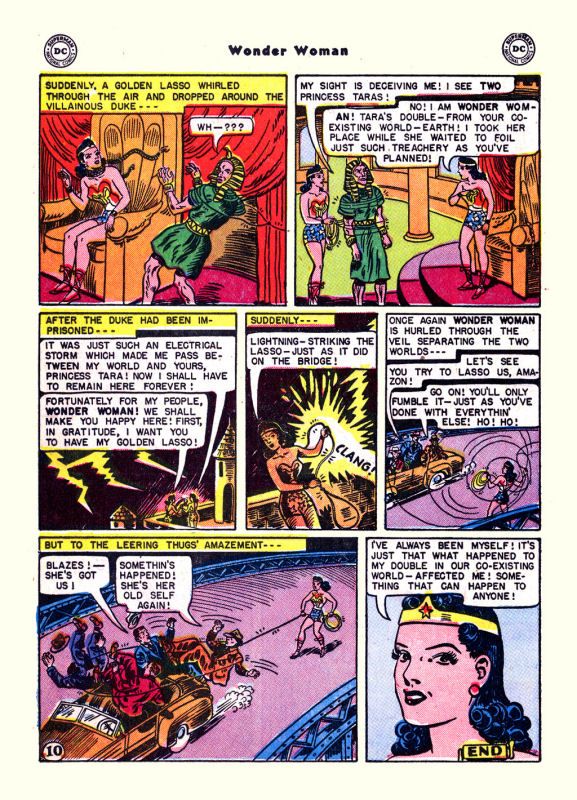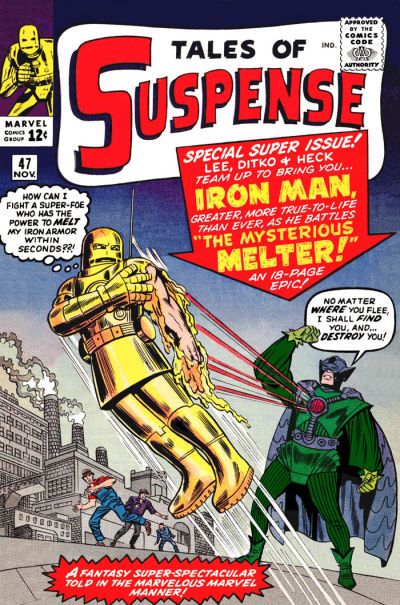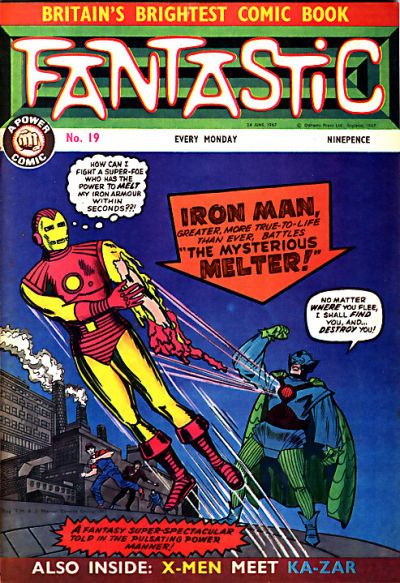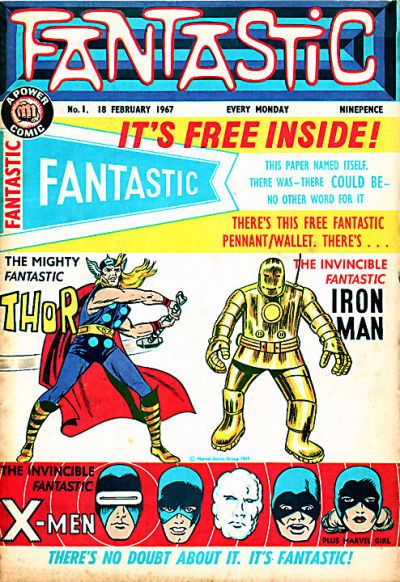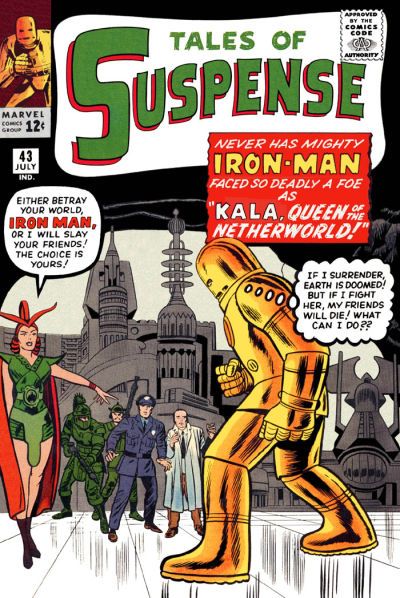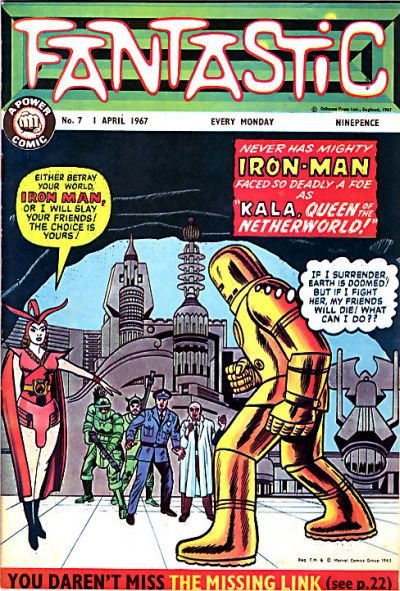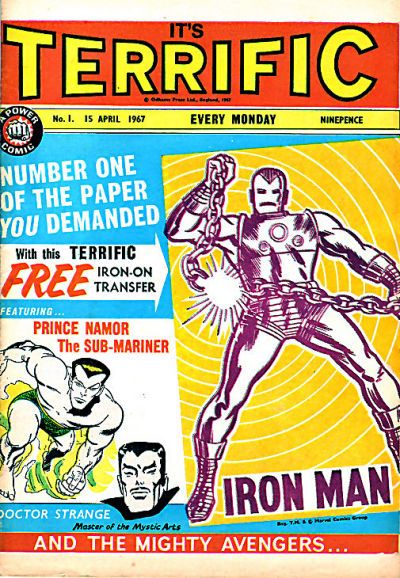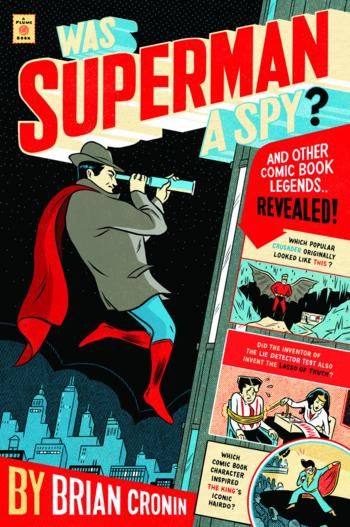Welcome to the two-hundred and twenty-eighth in a series of examinations of comic book legends and whether they are true or false. Click here for an archive of the previous two hundred and twenty-seven.
Comic Book Legends Revealed is now part of the larger Legends Revealed series, where I look into legends about the worlds of entertainment and sports, which you can check out here, at legendsrevealed.com. I'd especially recommend you check out the first installment of Cuisine Legends Revealed, which shows that even lasagna can be something to fight over!
Let's begin!
COMIC LEGEND: When told to draw in the style of George Tuska, Pete Morisi asked Tuska for permission to do so.
STATUS: I'm Going With True
I spoke about Pete Morisi in an old installment of Comic Book Legends Revealed.
Morisi was a long time comic book artist who passed away in 2003.
Working in comics during the early 50s while still in his early 20s, Morisi took a break from comics when he became a New York City police officer during the mid-50s.
However, after awhile he was back to freelancing in comics, now going by his initials (in case the NYPD would frown upon his moonlighting), becoming the mysterious PAM.
His most notable contribution to comics came at Charlton Comics, where he created the hero Peter Cannon...Thunderbolt!
In any event, upon his passing, Mark Evanier had a great anecdote about Morisi's early career in comics.
Reportedly, an editor told him to try and draw more like George Tuska, who was then the "star" artist in the field of crime comics. Morisi liked Tuska's work and saw that others were emulating the man, but felt it was wrong to simply appropriate someone else's style. So, the story goes, he phoned up Tuska, asked if he could imitate his approach and offered to pay a small royalty for the privilege. Tuska was so amazed that anyone had asked that he gave Morisi permission to draw like him and waived the fee. Thereafter, some of Morisi's work was so close to Tuska's in style that when they worked for the same firm, the editor got them confused.
Here's some Tuska from the 1940s and the 1950s (Tuska was ten years older than Morisi)...
and here's some Morisi from the early 1950s...
It's a great story, and one I've been wanting to prove or disprove for years now (heck, I've been curious ever since I read the story six years ago, two years before I even began this column!).
Well, recently, Morisi's son Val dropped me a line and he said I could run the anecdote by him.
He confirmed the basic gist of the story, but he said that it was actually his father asking the editor, in a bid for work, what style the editor wanted, at which point the editor said Tuska, and Morisi said okay, so long as he got Tuska's permission first, which he did.
Val added, though, that his father said that there was no money offered or suggested.
But still, the basic framework of the story is true according to Val, which is cool, because it is a neat story.
Thanks to Mark Evanier for telling the initial anecdote and thanks to Val Morisi for helping confirm the story in part!
Page 2: [valnet-url-page page=2 paginated=0 text='Wonder%20Woman%20Earth%202?']
COMIC LEGEND: The first alternate world in DC Comics was Flash #123.
STATUS: I'm Going With False
A lot of folks believe that the Multiverse began with Flash #123, "Flash of Two Worlds!" In fact, I was just recently reading a book on comic book history that specifically cited that issue as the first appearance of an alternate universe in comics (I'm not naming the book, because I feel bad about seemingly "picking" on other books, especially when they're just repeating the conventional wisdom).
That's certainly the point where the whole Earth-1/Earth-2 deal was started, but that issue (which came out in 1961) was beaten to the punch by a whole EIGHT YEARS by a story in Wonder Woman #59, by writer Robert Kanigher and artist H.G. Peter.
In this story, Wonder Woman travels to an alternate Earth where she meets her exact opposite, Princess Tara Terruna, whose name translates as "Wonder Woman." The two heroines team-up to beat up the dastardly Duke Dazam.
There's really nothing more to this story except to note that, yep, this was the first appearance of the "Multiverse" in a DC Comic.
I can't rightly blame them for glossing over this one.
I still love how Princess Tara Terruna translates into "Wonder Woman."
My old Legend suggesting pal, John McDonagh, suggested this one way back in May of 2007. Thanks, John!
Let that be a note to the folks who occasionally send me reminders about the legends they've sent in in the past - I didn't forget, it just sometimes takes a long time for a legend to be featured! It's a capricious business. ;)
Page 3: [valnet-url-page page=2 paginated=0 text='British%20Reprints%20Altered?']
COMIC LEGEND: Desire to maintain continuity with a second reprint title caused a British comic company to alter the covers of classic Marvel comics.
STATUS: True
Reader Cliff asked the following a few months back (it was April - does April count as a "few months back"?):
I wonder if you can answer or find out about some circa 60's UK reprints of Iron Man that appeared in a comic entitled "Fantastic". I remember getting this weekly comic that had b & w versions of Iron Man, X-Men & Thor.
I recently picked up the essential Iron Man that had the early Iron Man stories and was surprised to see him fighting the Melter in his original gold armour, as I thought he fought him in the first version of the red/gold armour.
I was wondering if there's any way you can find out why the decision was made to put him in the red/gold suit earlier than the US issues. I also remember that some of the panels had badly pasted images from other IM issues (no doubt to cover up the gold suit)
Here's what Cliff is referring to...
Tales of Suspense #47 (1963)....
and its reprint, Fantastic! #19 (1967)...
And yes, Cliff, I actually CAN tell you why they made that decision!
Fantastic, a weekly reprinting of various Marvel comics, began in early 1967, with reprints of Thor, Iron Man and the X-Men.
As you can see, Iron Man is drawn basically the way he was in the early Iron Man stories...
Even when they made changes, they were slight ones...
HOWEVER, a few months later, the company (IPC Magazines Ltd, for the record) launched a brand NEW title called Terrific...
Now, in THIS comic, they reprinted old issues of the Avengers...
And, naturally, by the time the Avengers really got going, Iron Man had ditched the gold armor and had moved on to the red and gold armor.
So Editor Alf Wallace figured that it did not make sense to have Iron Man in the gold armor in one of their titles while he was in the gold and red armor in the other title, so he made the command decision to photo stat the red and gold armor onto the older Iron Man stories.
Mystery solved!
Thanks for the question, Cliff!
Okay, that's it for this week!
Thanks to the Grand Comic Book Database for this week's covers! And thanks to Brandon Hanvey for the Comic Book Legends Revealed logo!
Feel free (heck, I implore you!) to write in with your suggestions for future installments! My e-mail address is cronb01@aol.com.
As you likely know by now, at the end of April, my book finally came out!
Here is the cover by artist Mickey Duzyj. I think he did a very nice job (click to enlarge)...
If you'd like to order it, you can use the following code if you'd like to send me a bit of a referral fee...
Was Superman a Spy?: And Other Comic Book Legends Revealed
See you next week!

